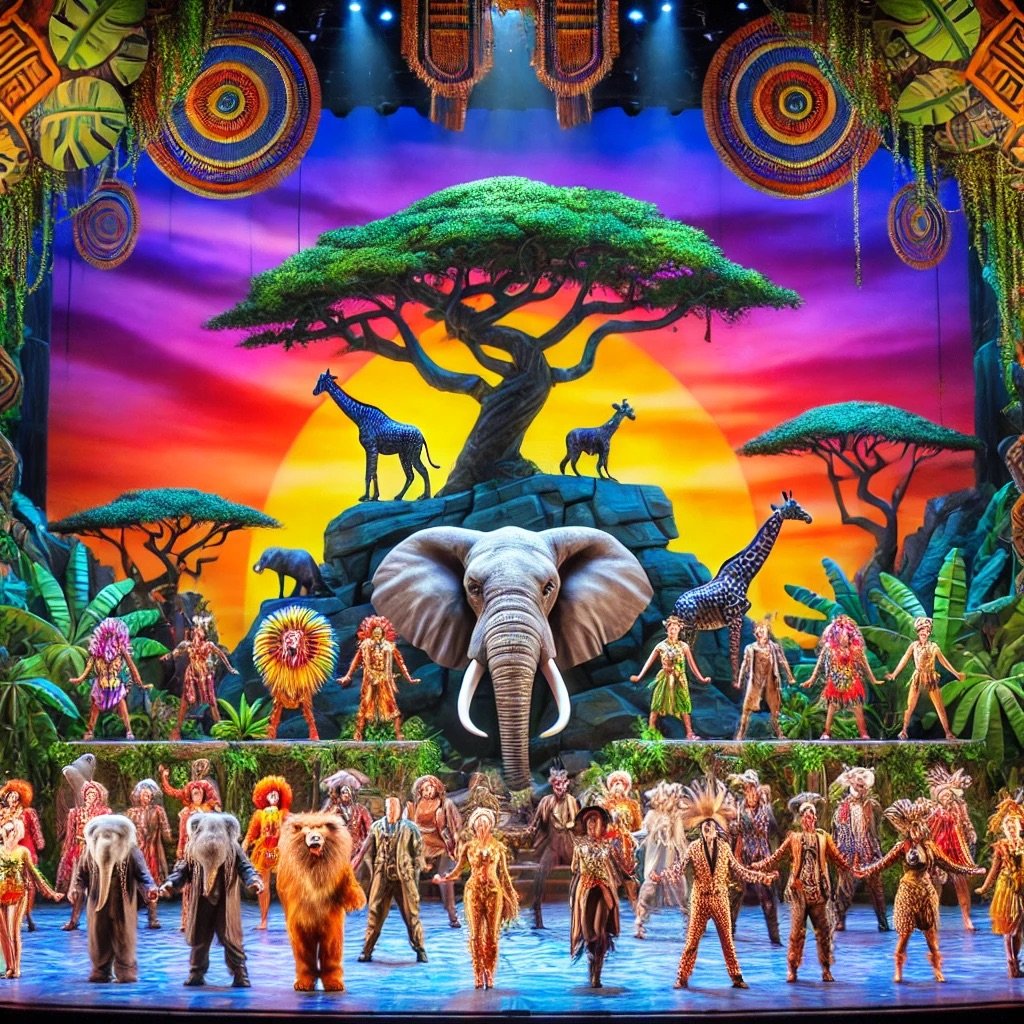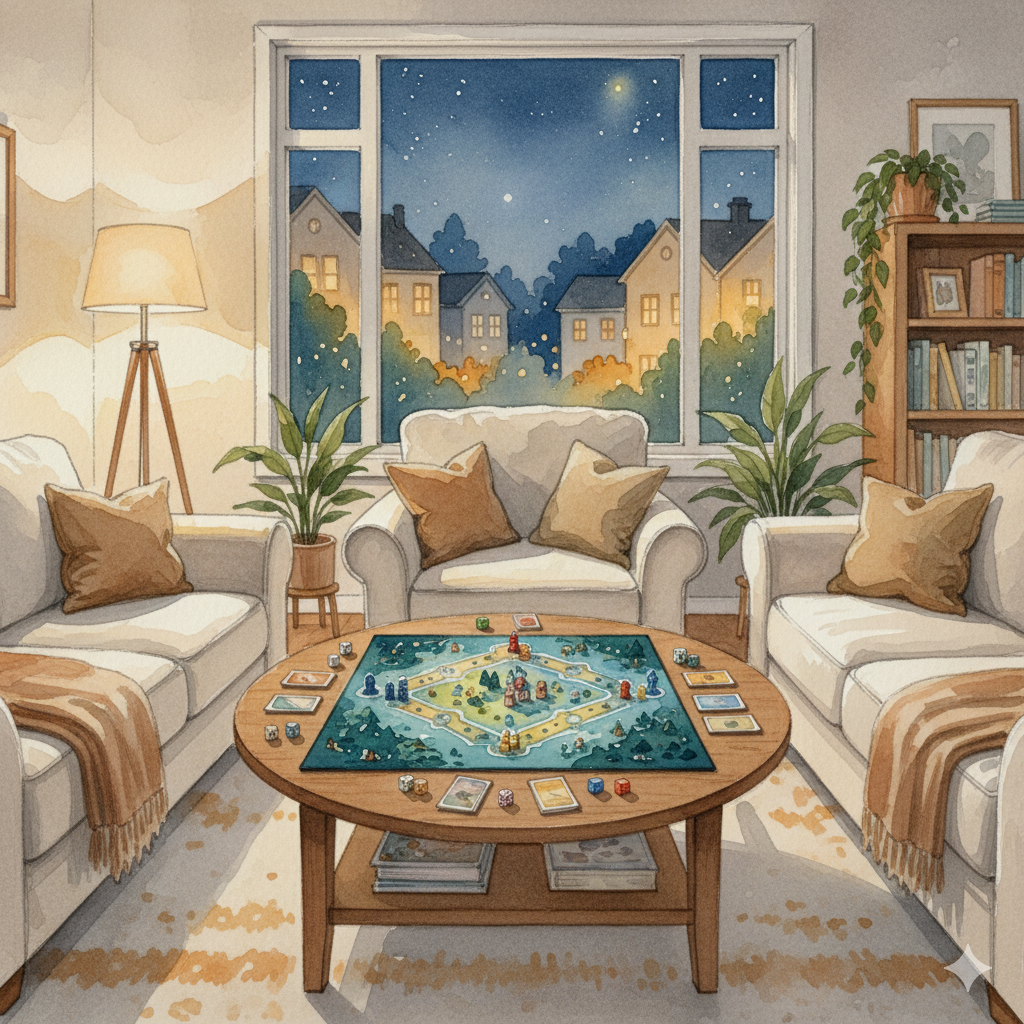How to Lion King
The scene comes maybe two thirds into the story.
Simba, the young cub, is not so young anymore. He has left the kingdom and is living with Timone and Pumba in the jungle, wandering aimlessly in the jungle and enjoying the freedom from the trauma of what happened back in the day when his father, Mufasa, had died.
The unexpected run-in with Nala, his childhood friend who, like him, is no longer a child, causes him to question if he is still on the right path in life. She strongly encourages him to come back to the kingdom, which is falling apart with his uncle Scar now in charge, and take his rightful place as heir to the throne.
His immediate impulse is to reject the idea. He no longer identifies with his original destiny. Yet something deep inside him is torn and not fully at peace.
Rafiki, who can be best described as a mythical figure there to help guide things along when the are not on track, appears at the exact moment when Simba was ready to give up. Rafiki provokes Simba and Simba responds angrily, but honestly, by saying “I don’t know who I am”.
The truth about how he has been feeling comes out, finally.
Simba is directed by Rafiki to look into a nearby body of water and sees his reflection. Or what he believes to be his reflection at first, and then sees his father. And begins to hear his father speaking to him.
Confused, yet curious, he continues to stare intensely at this visualization and begins to find answers to his question. He sees his father. He sees his mother. He sees all of the animals in the kingdom. He sees the landscapes. He sees the starry sky. He sees it all. And realizes that all of it is part of who he is. All of it has shaped who he is.
And then it becomes clear to him that he must return and take his place as king, and help restore the kingdom for the betterment of all.
As I sat there, in a London theater watching human actors play the role of animals dressed in elaborate costumes, I quietly took in this momentous scene that is the turning point of the whole story. It triggered a thought in me, or rather a question, about my own identity and purpose.
I had been in London this past week, for the first time this year, after traveling the world and taking a six month sabbatical. The familiarity of the city spoke to me, yet at the same time, didn’t. That’s the beautiful thing about landmarks. As they don’t change, they allow me to see how I have changed.
Like the main character in the musical I was enjoying, I too realized how my identity has been shaped by the many people, places and projects that have occupied my life. My parents. My sister and her family. My friends. My businesses. My teams. My clients. My cities. My homes. My adventures. Even if I do not have all of it at this moment within my grip, I do within my spirit. It doesn’t take more than a split second to recall memories of specific emotions and experiences that I appreciate, that I regret, and that I cherish.
In those moments when I feel provoked to answer the question ‘who am I?’, I turn inwards to remember the people, places and projects that I have journeyed with and through, and start to feel grounded and clear once again in my identity.
As the final scenes unfolded in the musical, I found myself reflecting on Simba’s journey back to the Pride Lands. It’s a journey of reclaiming one’s identity and purpose, confronting deep-seated fears, and embracing responsibility, no matter how uncomfortable.
I often face similar crossroads in my life. Moments where I must choose between the path of least resistance and the one that demands courage and self-awareness. Simba’s transformation wasn’t just about returning to a place; it was about accepting who he truly was and the role he was destined to play.
This resonates deeply with my own experience. When I decided to take my sabbatical, it was more than just a break from the routine. It was an opportunity to reflect on my own path, to question if I was still aligned with my true self. Traveling through different countries, cultures and communities, I was often faced with the unfamiliar, much like Simba in the jungle. Yet, in every new experience, there was a thread that connected back to my core identity, reminding me of who I am and what is important to me.
Sitting in that theater, I realized that much like Simba, I also have a ‘Scar’ in my life, represented as challenges that question my sense of self-worth and direction. The key has been in recognizing these scars not as deterrents but as catalysts for my own growth. They test my resilience and push me towards self-discovery and a feeling of empowerment. Rafiki’s wisdom in the story echoes the mentors and guides in my own life who help me see what I may be unable to see.
As the final curtain fell and the audience erupted in applause, I felt a profound sense of clarity. And relief.
For me, The Lion King isn’t just a story about a lion reclaiming his throne. It’s an inspirational tale about the journey of finding my place in the world, amidst chaos, doubt and uncertainty. It reminded me that no matter where I go or what I face, my true identity is a culmination of all my experiences, connections, and choices. It’s about embracing my past, living in the present, and being open to the future.
And that is how I learned how to Lion King.




